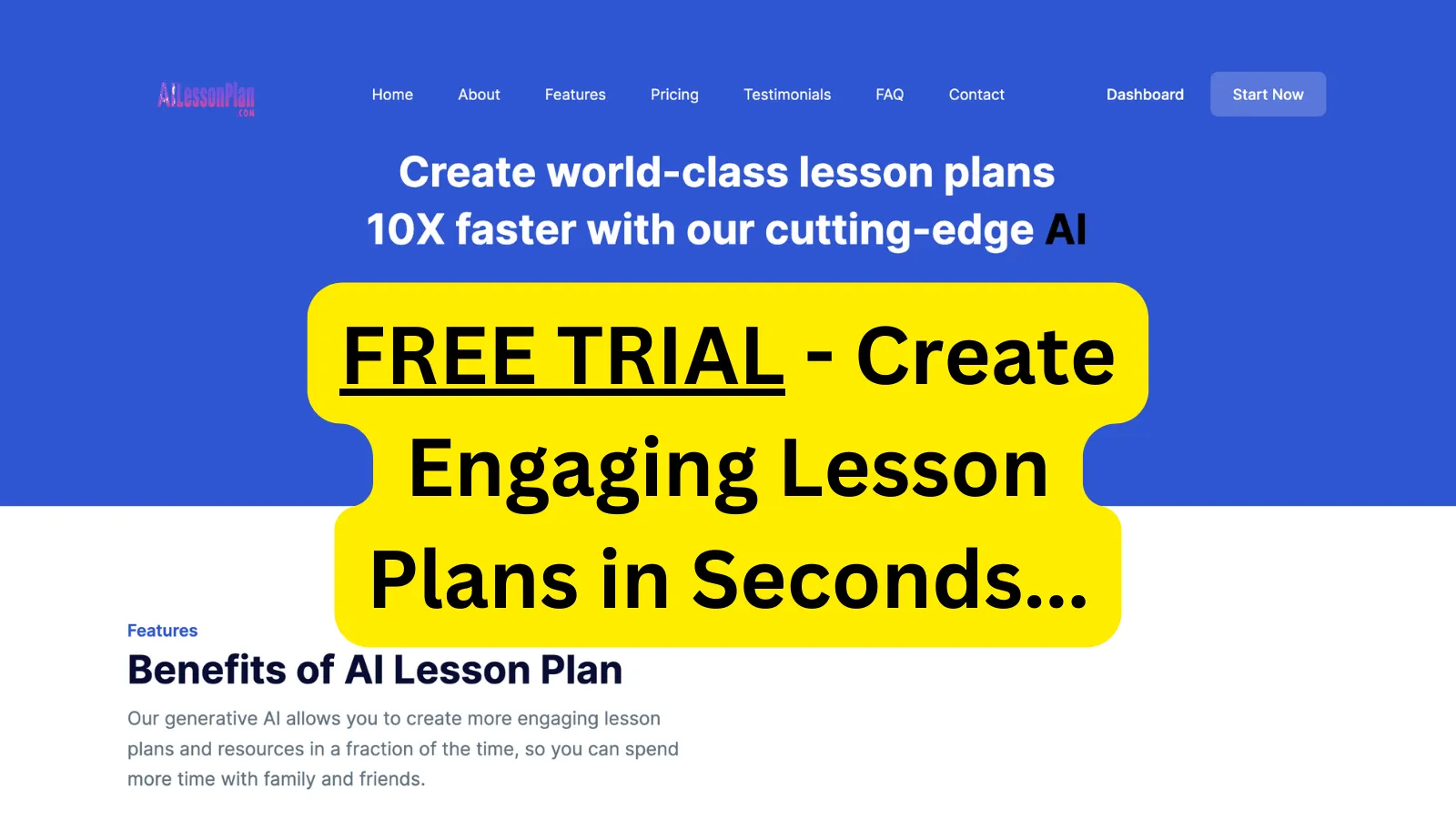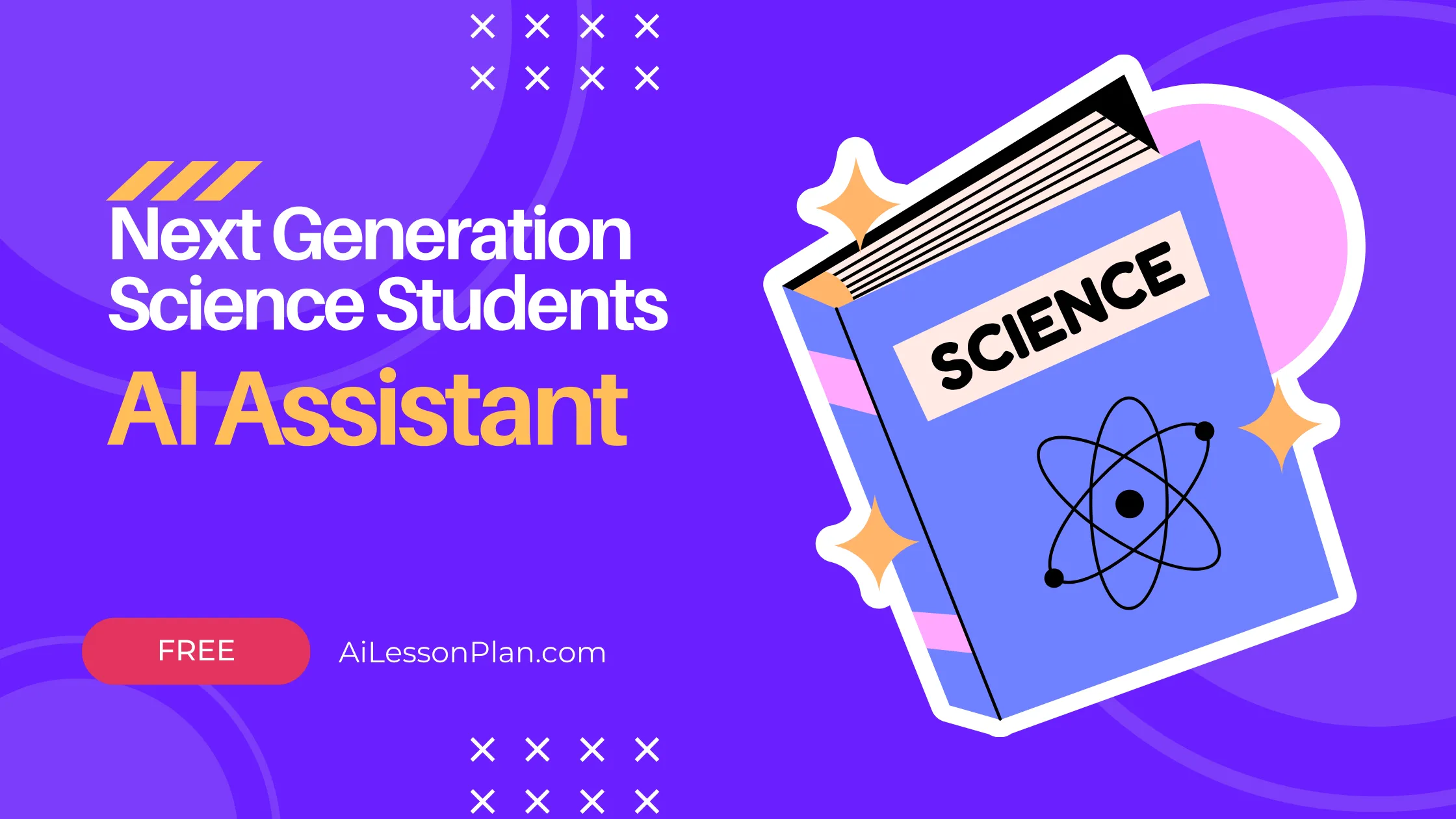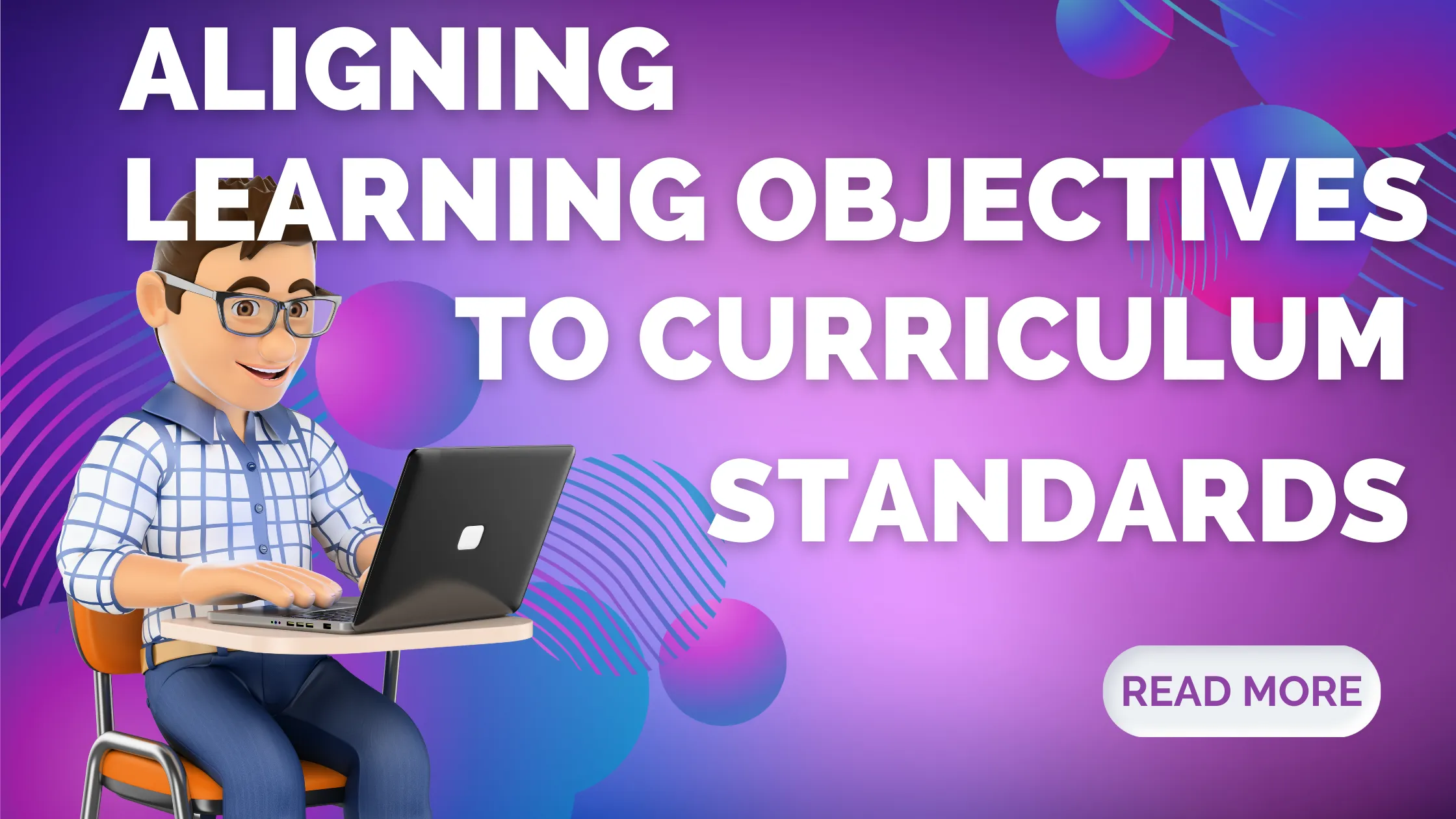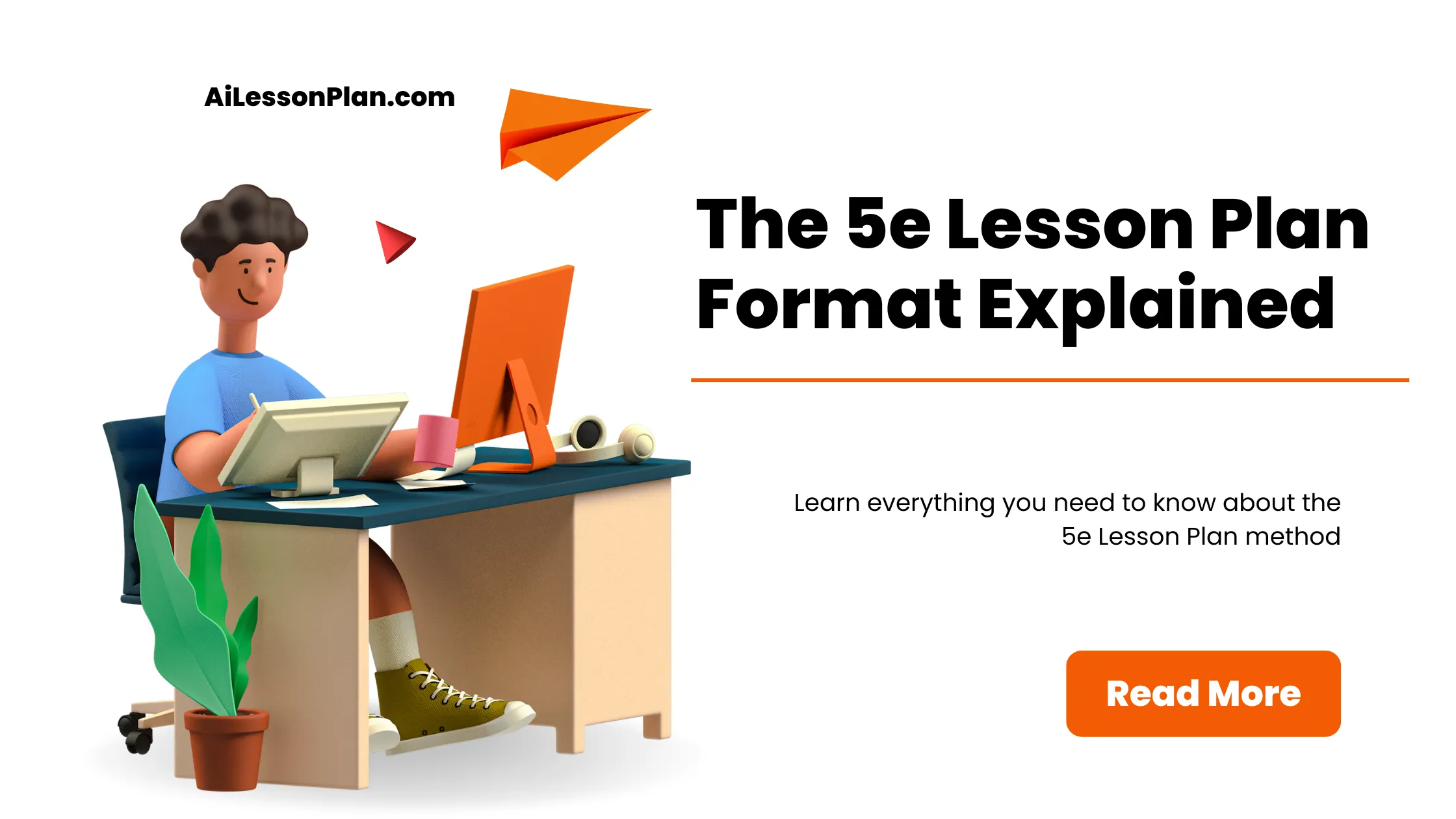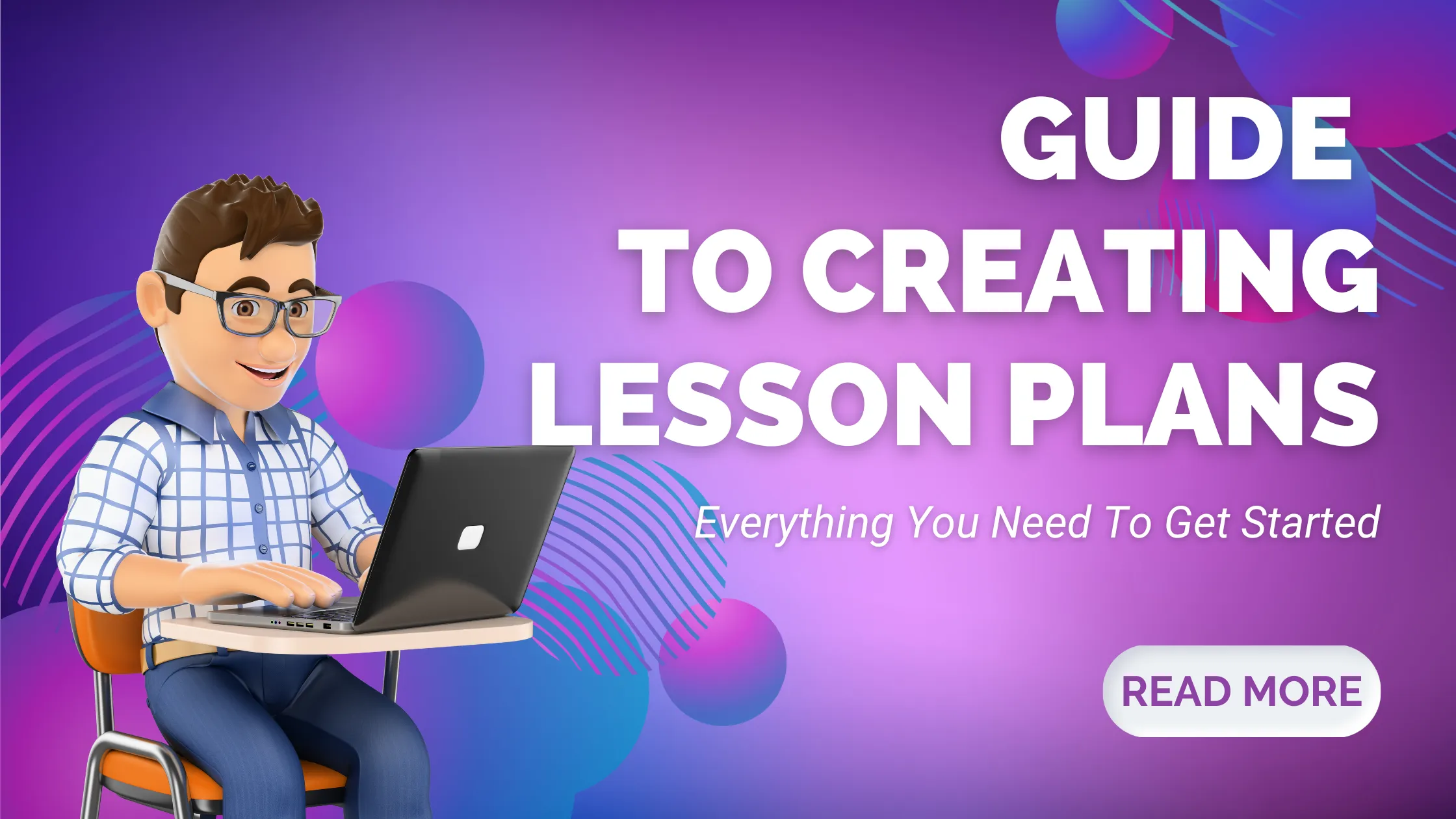Unraveling Bloom's Taxonomy: The Blueprint for Designing Effective Objectives and Learning Outcomes

Education is a multifaceted sphere. It involves various methodologies and frameworks to ensure effective teaching and profound learning. One of these crucial frameworks is Bloom's Taxonomy.
A cognitive hierarchy, Bloom's Taxonomy, plays a significant role in defining and aligning educational goals – a process critical in designing learning objectives and outcomes.
Understanding Bloom's Taxonomy
In the mid-1950s, Benjamin Bloom, an educational psychologist, and his team introduced Bloom's Taxonomy.
This classification system presents six levels of cognitive learning: Knowledge, Comprehension, Application, Analysis, Synthesis, and Evaluation. These domains start from the simplest forms of cognition, progressing towards more complex and abstract levels.
Create lesson plans in various formats, including Bloom's Taxonomy in seconds using AiLessonPlan.com
The Importance of Learning Objectives
Learning objectives are the lifeline of any course or educational program.
They are the educational compass guiding the learning journey and framing a clear pathway to knowledge acquisition.
Objectives also anchor the learner’s focus and define the teachers' instructional strategies.
Read this for a full roadmap on creating learning objectives in lesson plans.
Utilizing Bloom's Taxonomy for Objective Formation
Bloom's Taxonomy serves as a guiding beacon for framing these objectives. With its hierarchical structure, it helps educators design objectives across a cognitive spectrum, from basic recall to higher-order thinking skills like analysis and evaluation.
For instance, at the 'knowledge' level, an objective might be: 'List the stages of photosynthesis.' However, for the 'analysis' level, an objective may be: 'Differentiate between the light-dependent and light-independent reactions in photosynthesis.'
Learning Outcomes: A Critical Element of Successful Teaching
While learning objectives set the stage for what will be taught, learning outcomes emphasize what students should be able to demonstrate at the end of the course.
Outcomes are evidence of learning, often measurable and observable.
They affirm the successful transfer of knowledge from teacher to student.
Influence of Bloom's Taxonomy on Learning Outcomes
Bloom's Taxonomy is an effective tool in outlining these outcomes. By using the taxonomy, educators can develop outcomes at various cognitive levels.
For instance, at the 'application' level, a learning outcome might be: 'Apply the Pythagorean theorem to solve real-world problems.'
The Interplay of Objectives, Learning Outcomes, and Bloom's Taxonomy
The interconnectedness of objectives, learning outcomes, and Bloom's Taxonomy creates an effective learning framework.
Objectives state the aim of the lesson, outcomes highlight the expected learning evidence, and Bloom's Taxonomy provides the cognitive roadmap to navigate between the two.
Benefits of Using Bloom's Taxonomy
Bloom's Taxonomy aids in designing comprehensive learning experiences. It enhances student engagement, promoting critical thinking and problem-solving skills.
For educators, the taxonomy provides a structured approach to course design, enabling the effective alignment of assessments and instructional strategies with objectives and outcomes.
Bloom's Taxonomy in Contemporary Education
Today, Bloom's Taxonomy continues to be a stalwart in educational settings, adapted to accommodate contemporary educational paradigms.
Its revised version now features 'creating' as the highest level of cognitive learning, highlighting the importance of creativity in today's learning landscape.
Conclusion
Bloom's Taxonomy serves as the blueprint in crafting effective objectives and learning outcomes. By encompassing various cognitive skills, it ensures a robust and comprehensive learning journey.
Harness the power of this tool to enhance teaching potential and enrich students' learning experiences.
GET a FREE TRIAL OF AI LESSON PLAN NOW TO SAVE HOURS ON YOUR LESSON PLANNING
Frequently Asked Questions (FAQs)
What is Bloom's Taxonomy?
Bloom's Taxonomy is a classification system of cognitive learning levels used in education to design learning objectives and outcomes.
Why is Bloom's Taxonomy important in education?
Bloom's Taxonomy provides a structured approach to setting educational objectives and outlining learning outcomes, enabling the design of effective learning experiences.
How does Bloom's Taxonomy help in setting learning objectives?
The hierarchical structure of Bloom's Taxonomy helps educators design objectives across various cognitive levels, promoting a comprehensive learning journey.
What is the impact of Bloom's Taxonomy on learning outcomes?
By providing a cognitive spectrum, Bloom's Taxonomy allows educators to outline diverse and measurable learning outcomes.
How does Bloom's Taxonomy foster effective teaching and learning?
Bloom's Taxonomy aids in aligning teaching strategies with learning objectives and outcomes, promoting engaging and effective instruction.
Are there any recent updates to Bloom's Taxonomy?
The revised version of Bloom's Taxonomy has replaced 'synthesis' with 'creating' as the highest level of cognitive learning, emphasizing the role of creativity in contemporary education.

